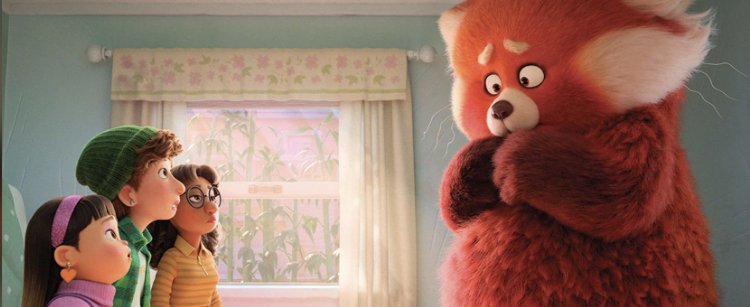Between 2000 and 2010, every movie Pixar released was either very good or a flat-out masterpiece. At some point, they were taking major artistic risks. Think of the radical, dialogue-free first act of “WALL-E,” the touching 10-minute life story of Carl and Ellie in Up!, the terrifying final few minutes in “Toy Story 3,” Nemo's mom dying in the opening minutes of “Finding Nemo,” and Bing Bong's “sacrifice” in “Inside Out”. All incredibly risky narrative decisions.
Nowadays we're seeing a lot more sequels and less of the transcendent moments that I've just mentioned. Sure, there's 2017’s wildly colorful and exuberant paean to Mexican culture, "Coco," but as much as I liked that film, and I really did, it resorted to conventional storytelling and lacked the risk-taking of the aforementioned classics. There were shades of brilliance in 2020’s “Soul,” an ambitious tackling of the meaning of life via a failed jazz musician.
Nowadays, Pixar either releases disappointing sequels ("Incredibles 2,” “Finding Dory,” “Toy Story 4,” “Cars 3”) or slight narratives that don’t push the boundaries of animation (“Luca,” “Onward,” “The Good Dinosaur”) . With the exceptions of “Toy Story 2” and “Toy Story 3,” Pixar has had lackluster continuations to their classics.
I was reminded of this drought while watching Pixar’s latest feature, this one titled “Turning Red,” a fine-as-it-goes movie that feels as disposable as their recent fare. You now have to wonder if Pixar has lost a bit of its edge. Their dive into the business of sequels has watered down their reputation.
What's next for Pixar? “Lightyear,” another sequel, or actually a prequel to "Toy Story.”






